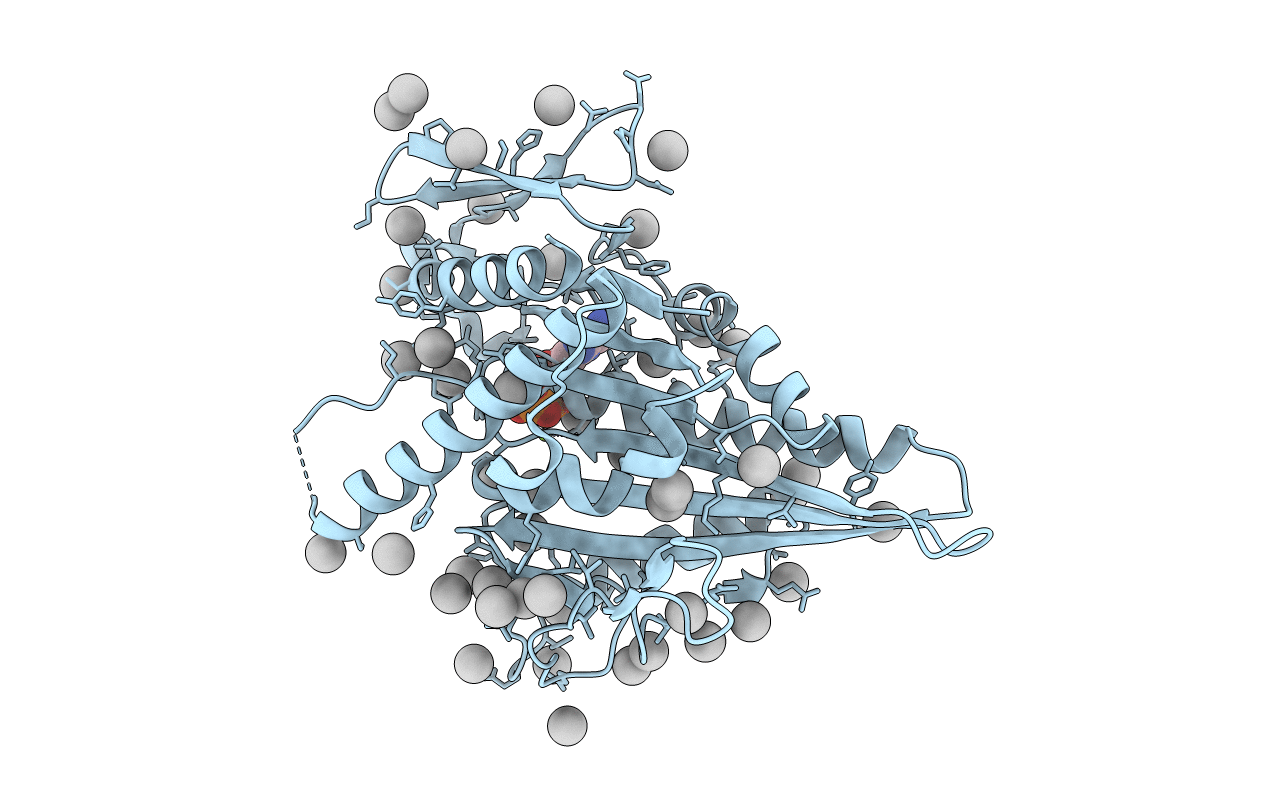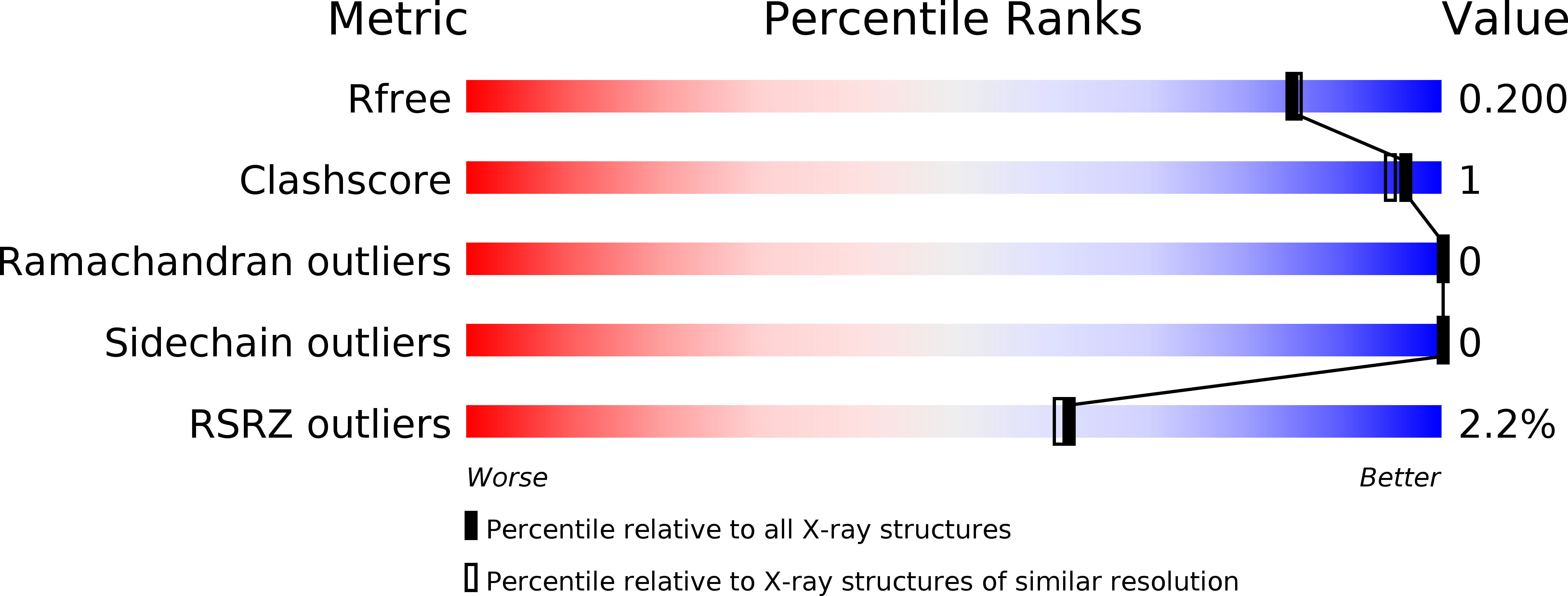
Deposition Date
2017-07-05
Release Date
2017-08-09
Last Version Date
2023-10-04
Entry Detail
PDB ID:
5WDE
Keywords:
Title:
Crystal structure of the KIFC3 motor domain in complex with ADP
Biological Source:
Source Organism:
Homo sapiens (Taxon ID: 9606)
Host Organism:
Method Details:
Experimental Method:
Resolution:
1.85 Å
R-Value Free:
0.19
R-Value Work:
0.18
R-Value Observed:
0.18
Space Group:
H 3 2


